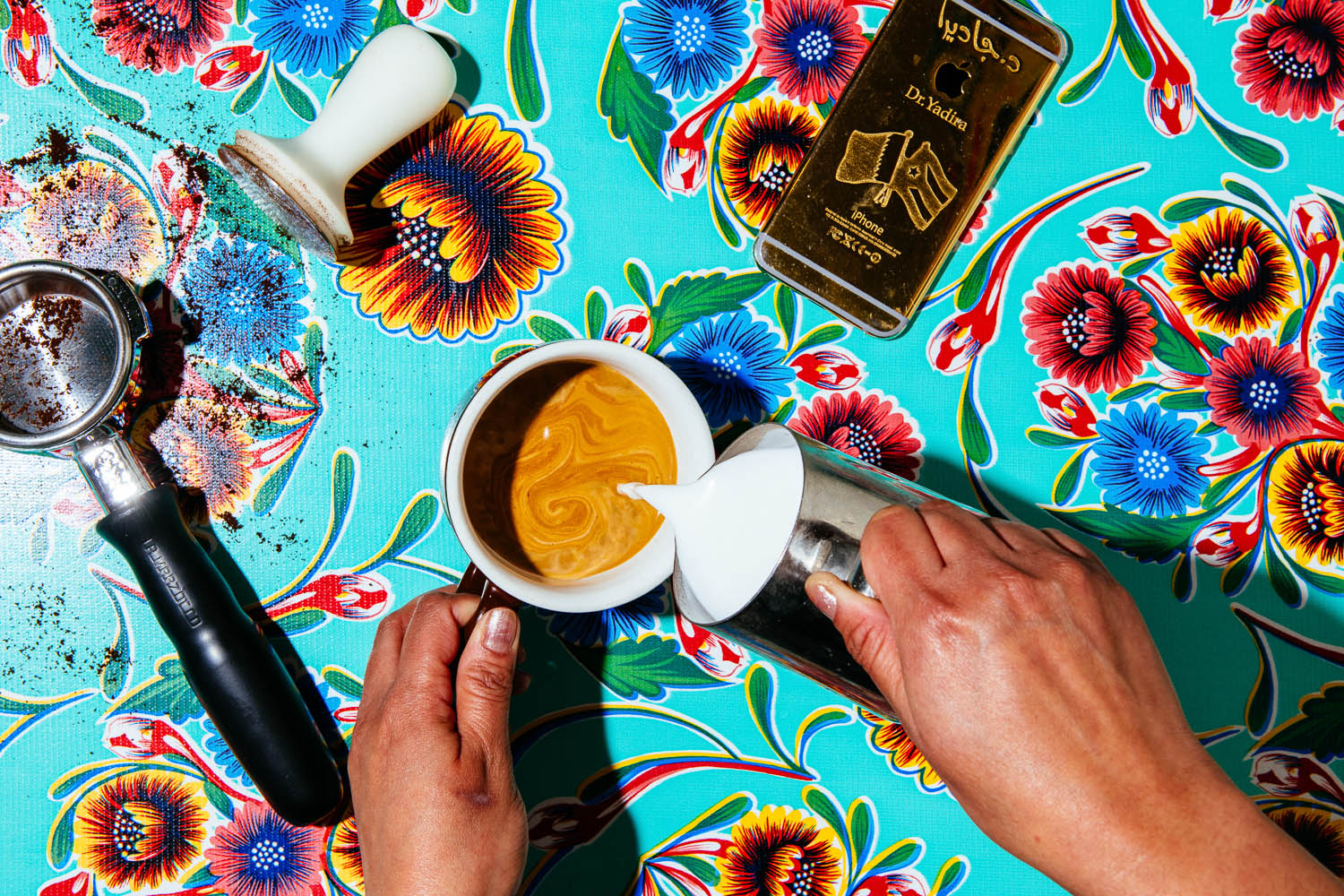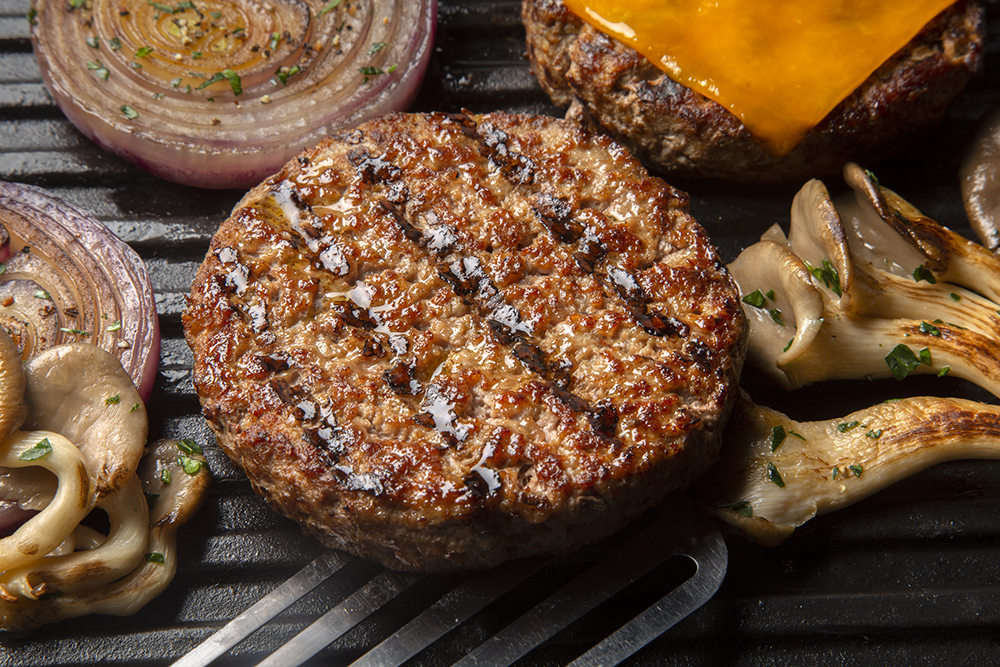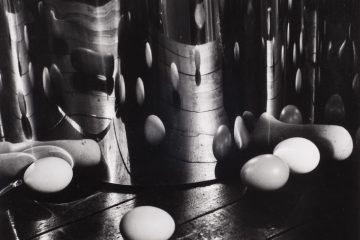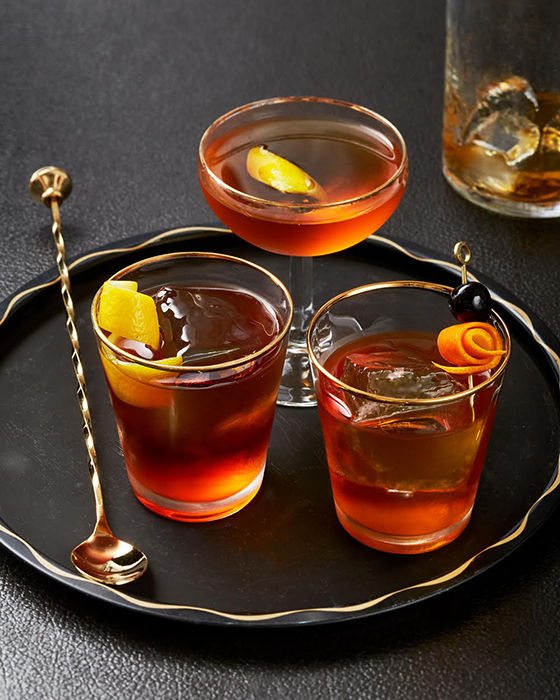Lauren V. Allen’s CRAVINGS: #FoodPorn that Leaves Something to the Imagination
One of the most well-known trends on Instagram is the #FoodPorn hashtag, a veritable institution within the social media platform. We’ve all been out to a restaurant, received our food, and taken a second to snap a picture for the ‘Gram. At this point, it’s as much a part of our dining experience as figuring out what to tip.
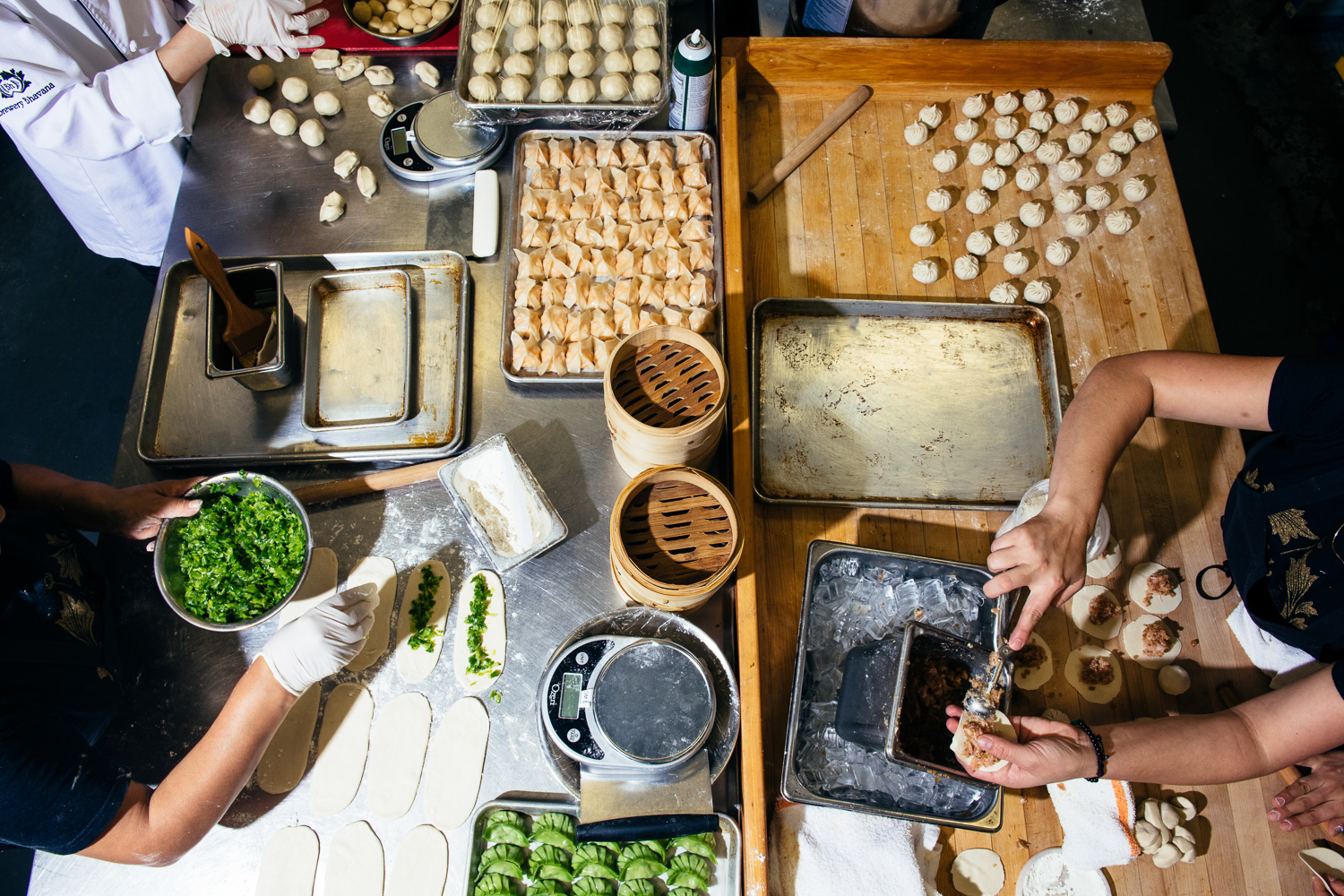
This phenomenon provoked Durham, NC-based writer Victoria Bouloubasis and photographer Lauren Allen to turn the trend on its head by presenting delicious dishes served with a side of storytelling. Victoria, a noted food writer and journalist who also covers her hometown’s immigrant community, pitched this concept to Lauren and the pair got down to work. Before long, Victoria’s brainchild evolved into CRAVINGS and gave the team a chance to showcase the adroitness of some of the immigrant cooks and chefs in the area who are finding their way in America through their work in the kitchen.
“Victoria and I wanted our audience to walk away being more thoughtful about the food they are consuming and how it ended up on their plate. We’re all guilty of snapping a quick photo for social media of our latte or poké bowl, but we often don’t think about the human aspect of how that latte or poké bowl even came to be.”
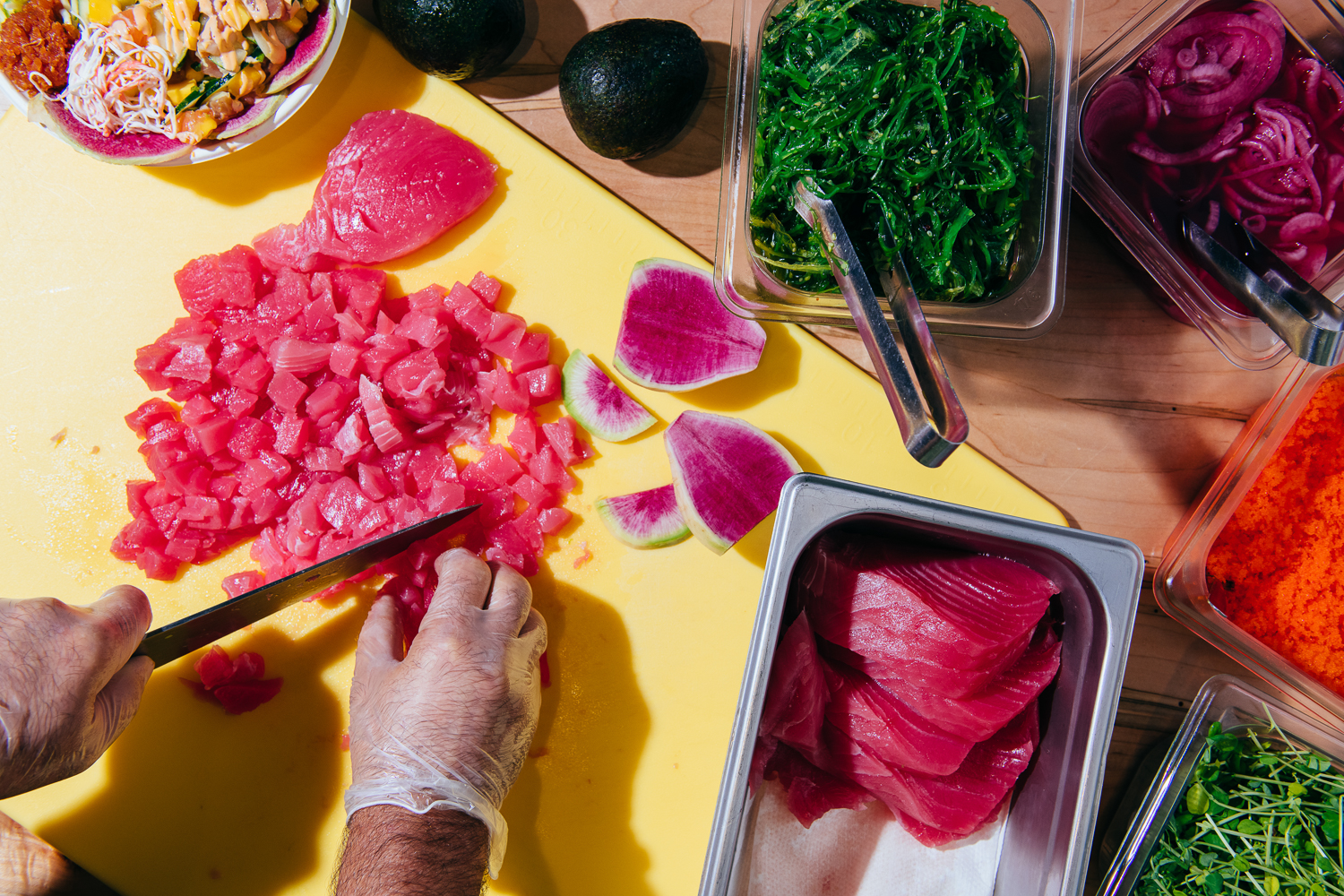
“The color and style of these images was extremely purposeful. We wanted to create that #FoodPorn look that would be eye-catching and draw an audience, just to serve them up some truth with the cooks and chefs behind the food. We ultimately wanted to bring awareness to the chefs and the lives they had to give up in their home countries just to work in the food service industry here in the U.S.”
One of the main points of Victoria’s accompanying write-up is the idea that these immigrants are talented and should be lauded for their abilities as much as their work ethic.
“Cooks, and immigrant cooks in particular, that are part of these award-winning teams are often overlooked or tokenized. In the South, especially, people unfortunately don’t think of who’s actually making their beloved Southern food. But cooks from all over — new Southerners — are the ones who know all the secrets!”
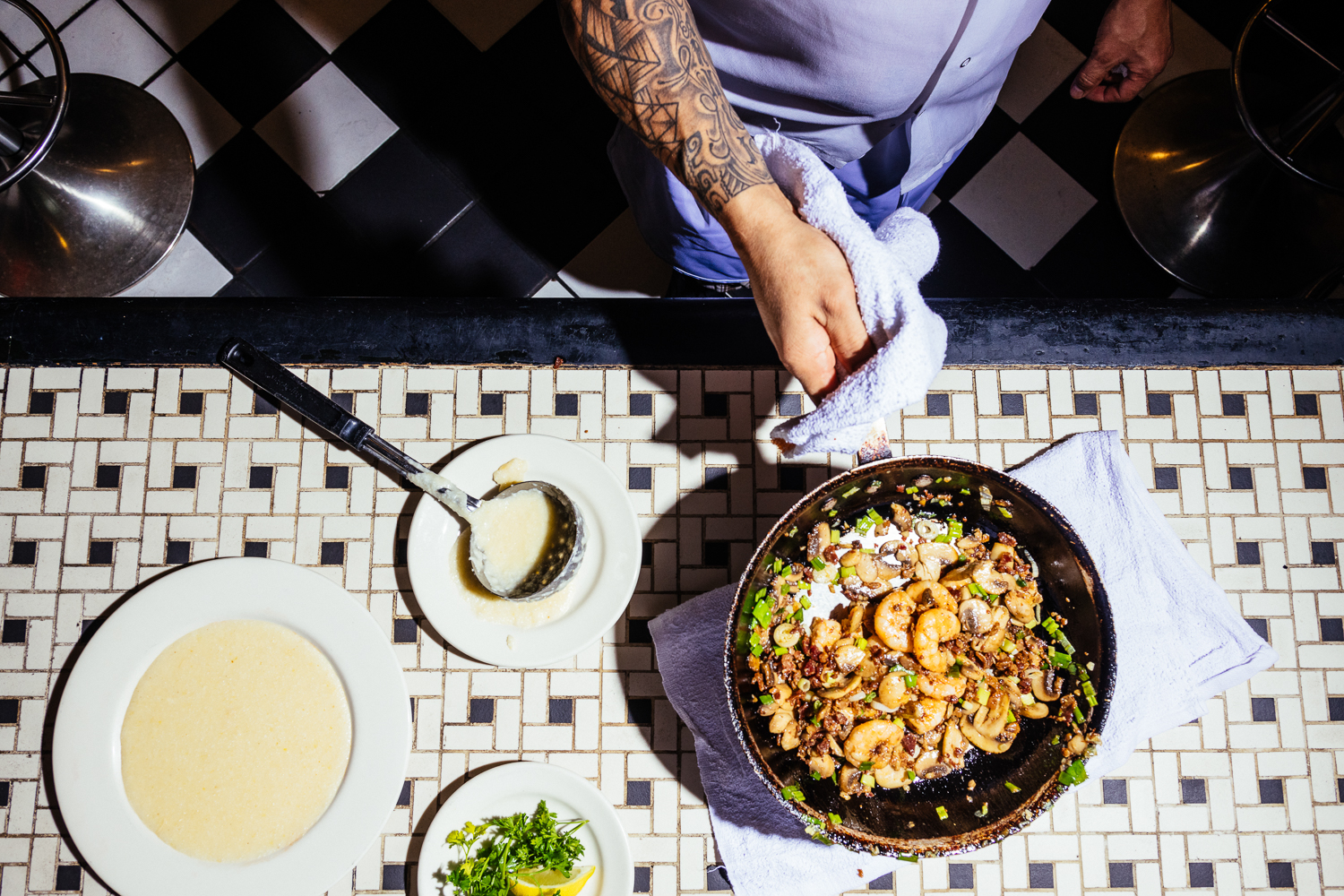
Not only are these cooks seasoned seasoners with serious skillet skills, they’re also adaptive. A person of South American origin might not grow up around shrimp and grits, but with some training and trial and error they can become experts at making the dish. As Victoria puts it …
“You can’t get more iconic than shrimp and grits, and we have men from Latin America who have perfected it. We also wanted to show that different foods are being cooked by different people. A Mexican cook shouldn’t be resigned to tacos (unless they want to be) the way we wouldn’t expect a white person to stick with mashed potatoes.”
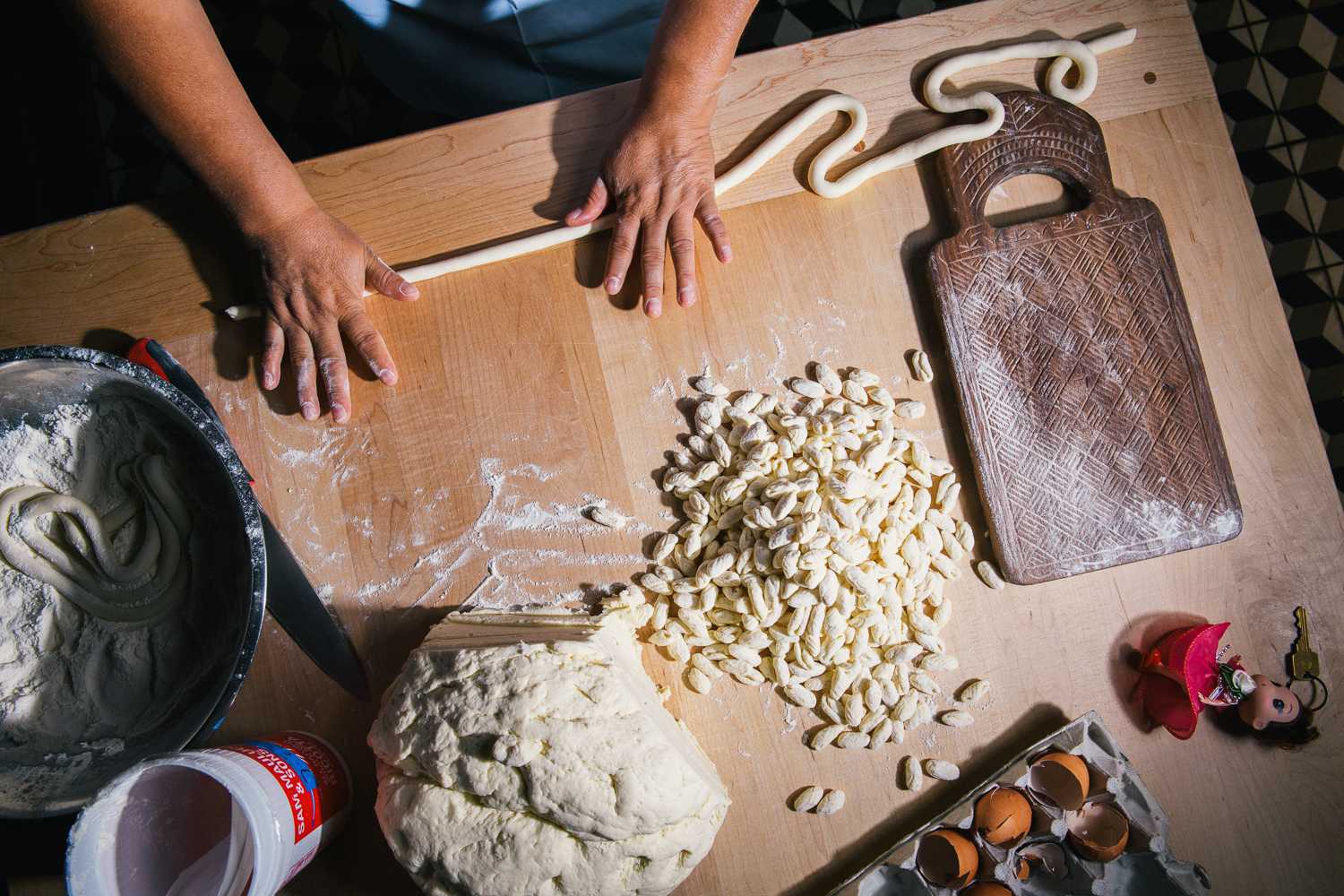
“Honduran women are pinching dim sum; a Syrian man is dicing out poké bowls. This is work, and this is the South.”
You’ll notice that none of these pictures reveal the faces of the cooks, which is by design. The duo used this project to experiment with new storytelling concepts.
“[Victoria and I] didn’t want to satiate our audience with the pleasure of seeing their faces as a commentary on our social media-fueled hunger.”
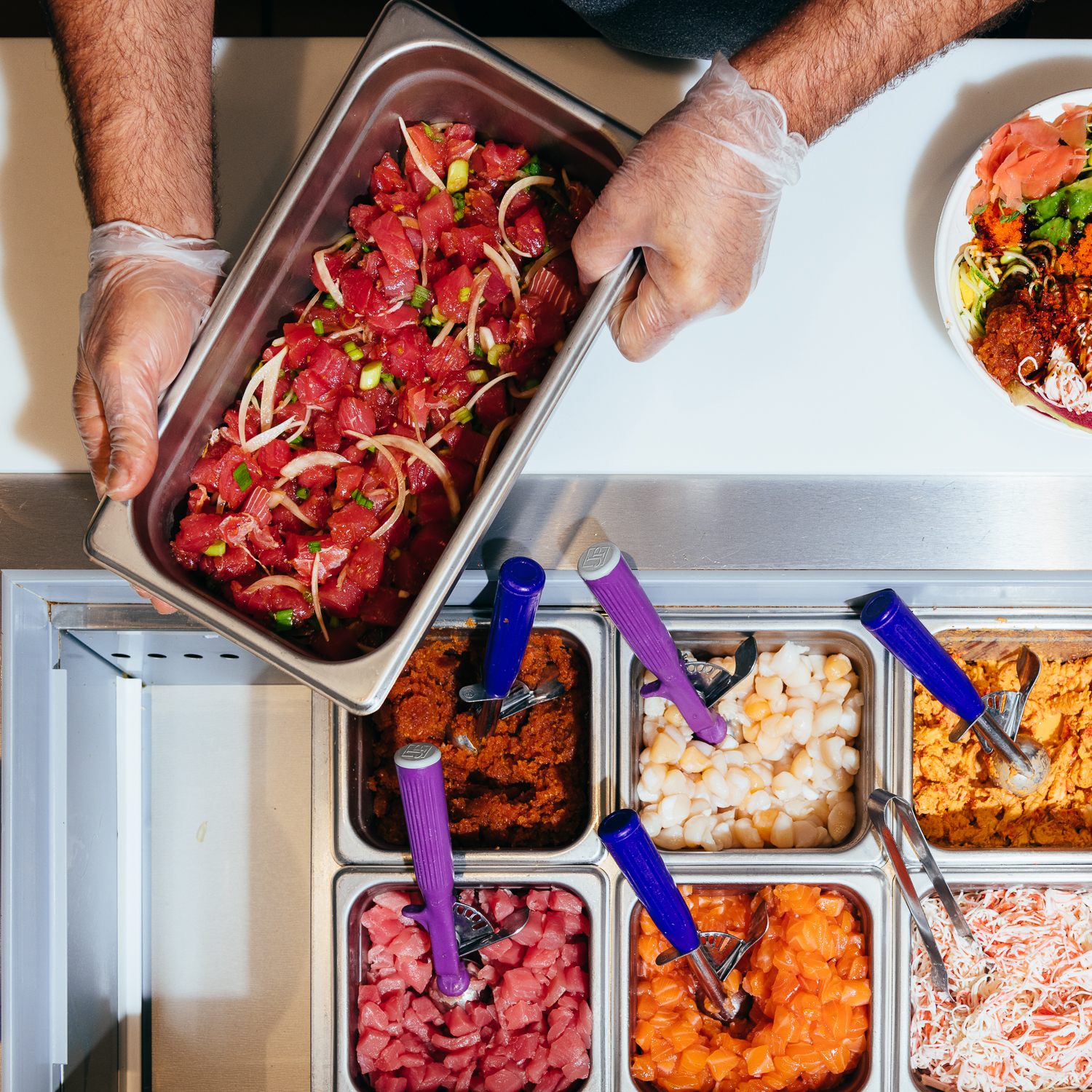
The point of the work, per Victoria, is to purposefully withhold information. Leave something to the imagination, as it were.
“The food world has an interesting problem with voyeurism, consumption, and appropriation. And we justify a lot of that by studying the minute details of a food, of a person, of a place — we need to know everything. We must have it. We must make it. And then we often sell it back. But how often does that benefit the person who shares their story, compared to the outsider who consumes (and often profits from) all the details?”
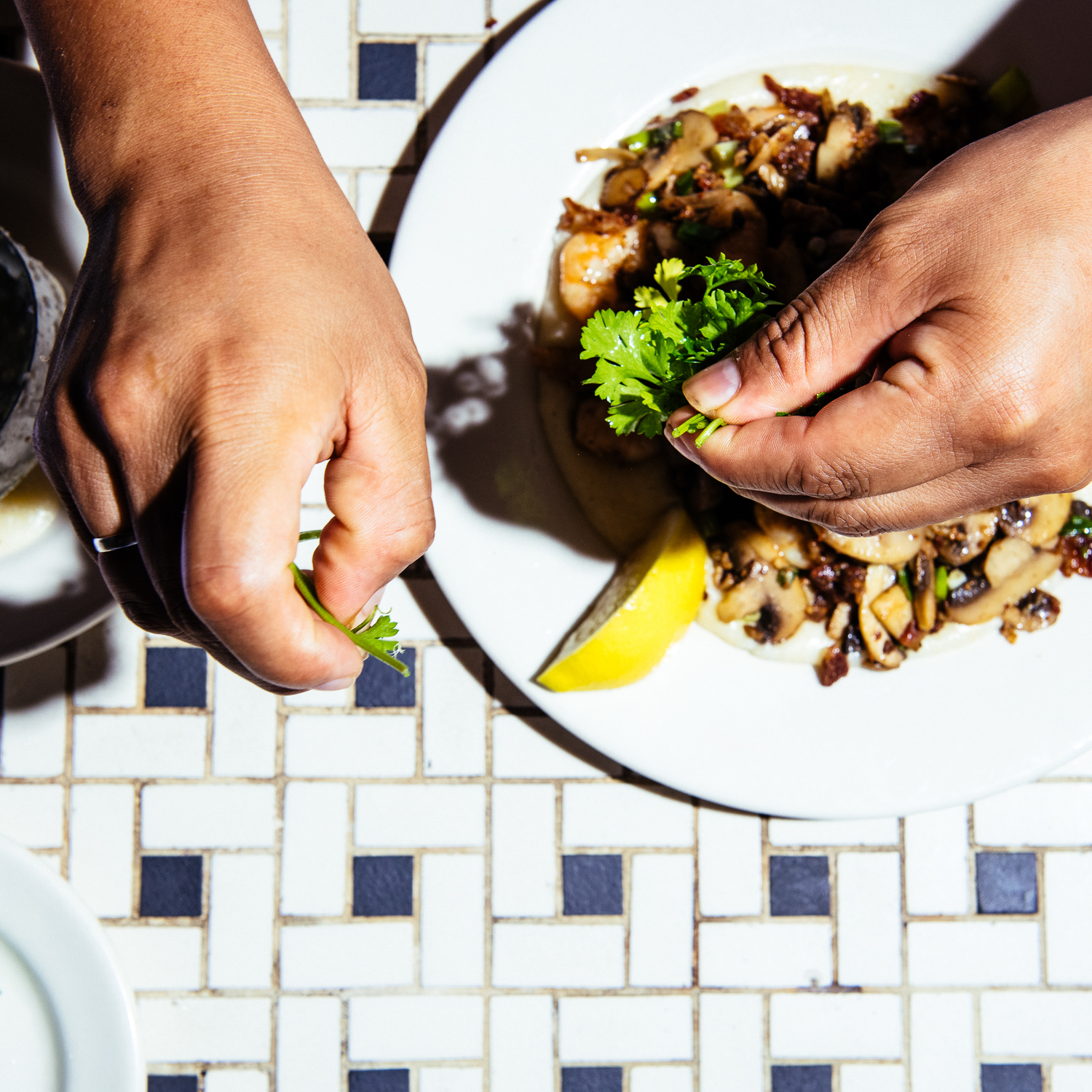
“Why do cooks eventually get ignored after being tokenized as extraordinary tales? And who is in charge of telling the stories? These are questions I’m always juggling. We wanted CRAVINGS to serve as a commentary on these ideas, using visual anonymity and sparse details to sort of incite this very desire to know more — and hopefully leave room for people to interrogate that feeling.”
The scope of this undertaking is admirably ambitious. Lauren and Victoria have a lot to say on this subject and are not afraid to add extra layers to their narrative. For example, the pair aims to shine a light on the perpetually-diversifying Durham community and the challenges that come with being a growing city.
“Like so many American cities, Durham is changing rapidly. We have a large immigrant population that spans the spectrum of race and class. There are many local businesses — many of them food-based — and more popping up led by women and people of color. But, in my opinion, the city is pushing to figure out how to manage new development, work with it, and still maintain its integrity.”
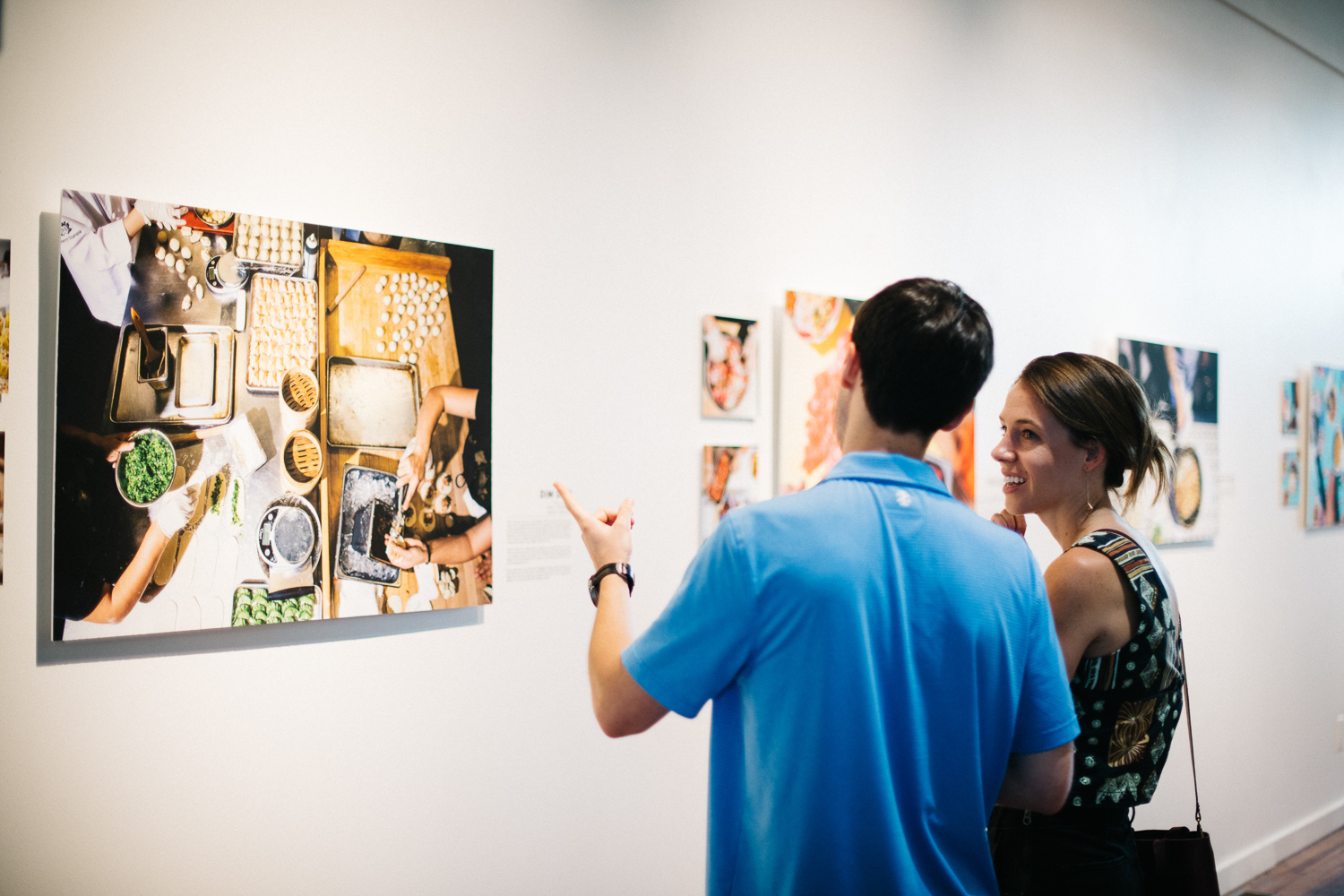
“Some of that comes at huge costs. For example, The Carrack, the art gallery that hosted CRAVINGS, is closing this year because the community-supported model was not a sustainable one for its employees and volunteers especially. This is a huge loss and a real effect of the system in place that supports new capital over existing community structures.”
This is an especial shame because the CRAVINGS exhibit was a clear success. Lauren and Victoria wanted to establish a connection between the community’s chefs and consumers and certainly did so. One of the cooks, Yadira, attended the exhibit and met some fellow Durham residents, whom Victoria noted were enthralled by her work.

“I’m not sure if she was surprised [by the adulation]! But the work has helped her meet a ton of people in a new place, and she’s definitely a part of the Durham community. So I hope she felt celebrated by the exhibit.”
For Lauren, Yadira’s lattes represented the most difficult product to shoot. Lauren had a small window of time during which to create images that showcased both the intricacy of the drink and the process of making it.
“With regards to CRAVINGS, I think my favorite to shoot was the latte because it was SO CHALLENGING. The oil cloth surface, reflective iPhone case, and the speed of latte-making meant we had to work quickly so the crema of the espresso wouldn’t fizzle off.”
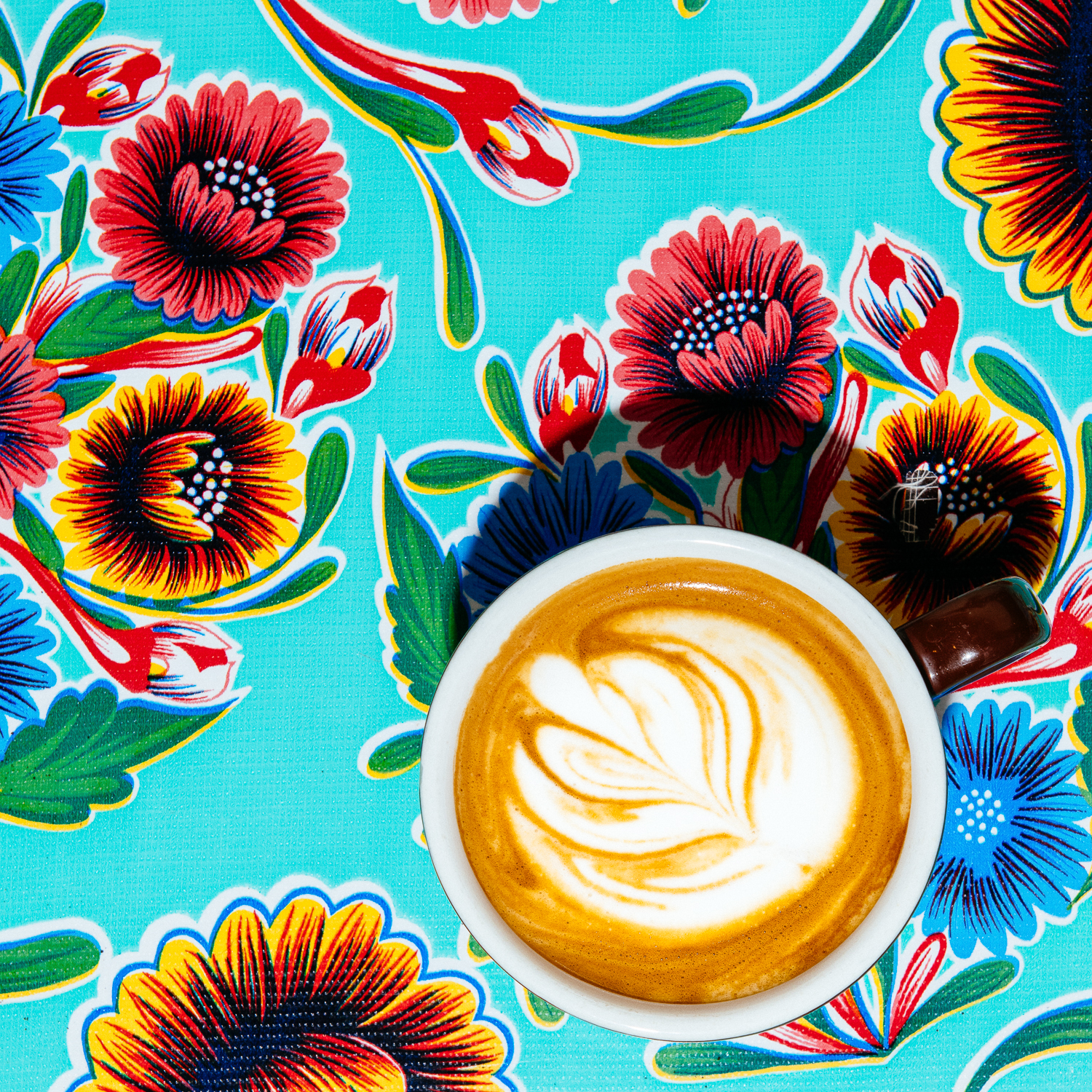
“There was a race against time to keep the milk hot and foamy and the layer of crema still fresh on the espresso — maybe two to three minutes per drink once the components were prepared. There wasn’t any doubt we would get the shot, just more of a concern that we had a shot that represented the meticulousness of being a barista.”
This was a deeply personal project for Lauren, a Mexican-American who spent much of her childhood living all in different parts of the country as a result of growing up in a military family.
“I think my upbringing has strongly influenced my passion to tell visual stories of cultural identity. My earliest memories of food revolve around making tamales and pan de polvo at Christmas time and then the daily merienda [Spanish for snack] of coffee, pan dulce, and gossip at the kitchen table.”
Lauren is an accomplished cook in her own right, a skill she has honed thanks in part to her work. Interestingly, cooking was not something Lauren figured she’d be doing a lot of in life, let alone for her career.
“I do the majority of cooking and styling for my clients since I’m in a small market, so I have definitely upped my skills in the last few years as I’ve studied recipes and techniques. I grew up saying I would never cook and that it shouldn’t have to be a woman’s job and, well, look at me now.”
Now Lauren helps tell the stories of other cooks, and these profiles are gaining notice. The travelling photography exhibition The Fence, which reaches eight million people each year, recently included CRAVINGS in their Brooklyn exhibit.
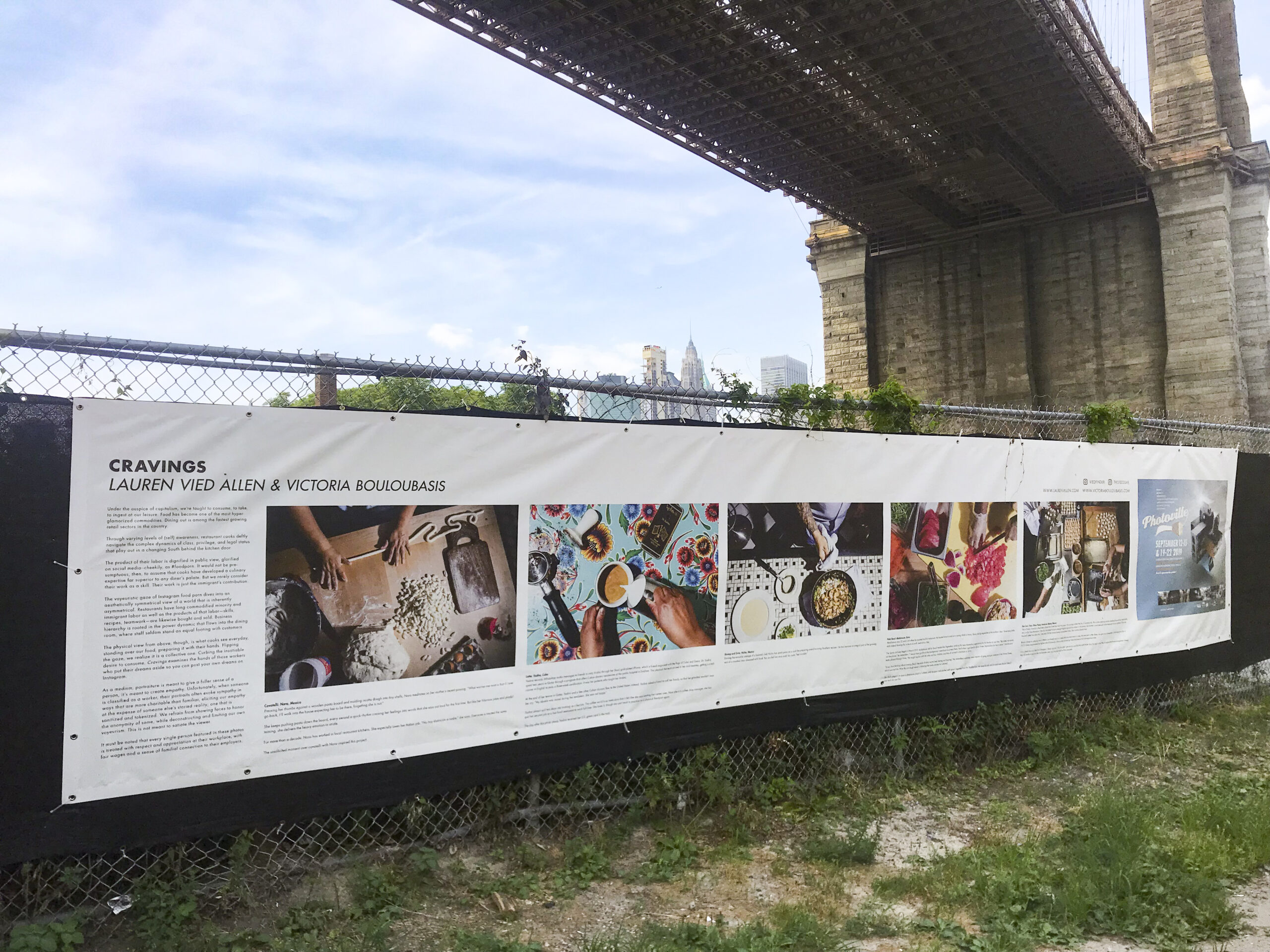
Photo taken by Rachel Dennis
The hope is that the people who see Lauren and Victoria’s work in Brooklyn have similar takeaways to the people of Durham. When Lauren chatted with patrons at The Carrack, she noticed that they gained a greater appreciation for the talented, resourceful immigrants who make their food.
“Most of what I heard was that we’re all so guilty of posting pretty food to social media for likes, which psychologically makes us feel good, but we do so with little regard to who is making that Insta-worthy food or drink. Gallery-goers said to me they were now more aware of the stories behind the food and experiences we take for granted.”
Credits:
Writer, Director: Victoria Bouloubasis
The Fence Photograph: Rachel Dennis
Check out more of Lauren’s work at laurenvallen.com.
The article was originally published at wonderfulmachine.com




